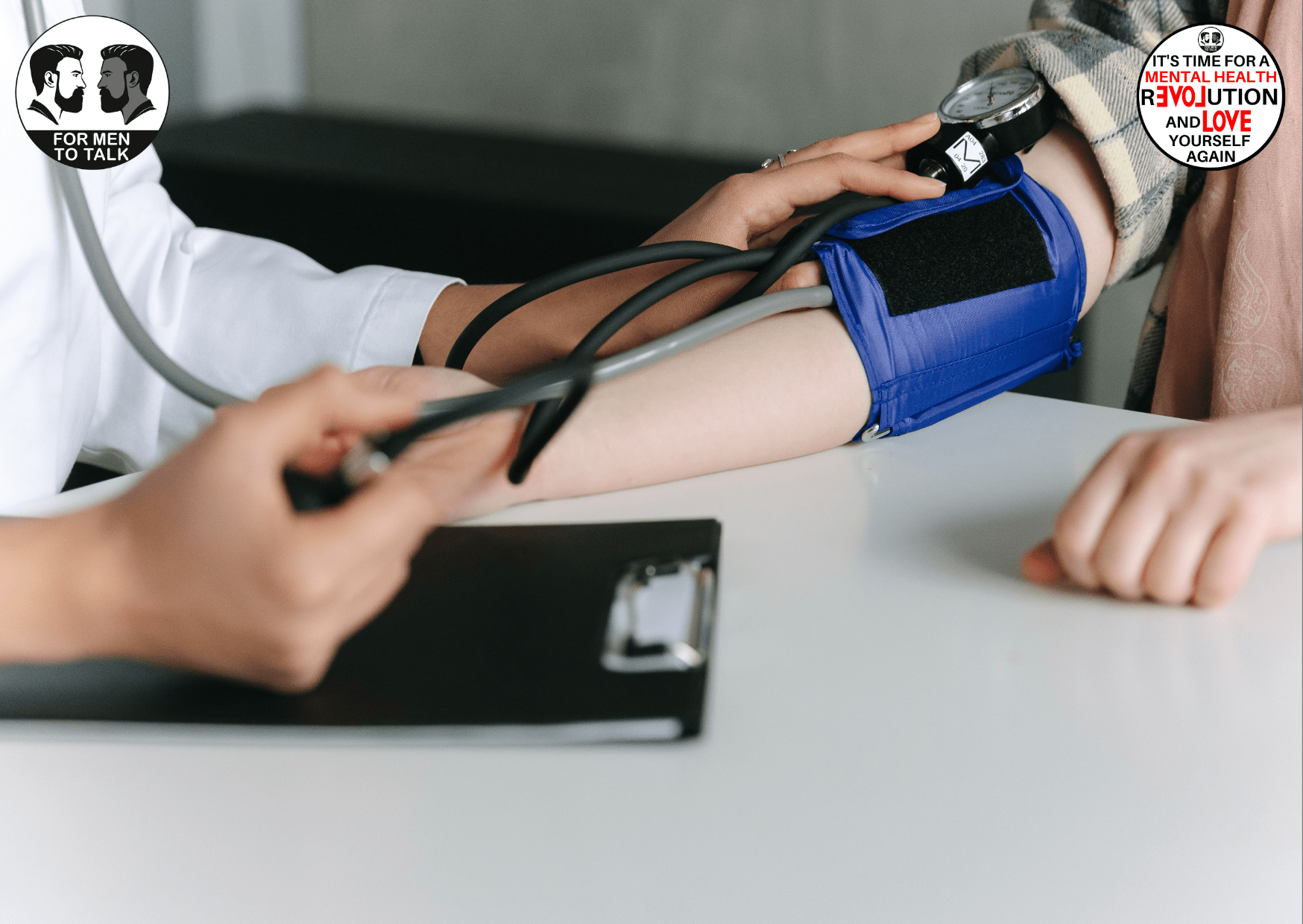Looking at symptoms of a stroke

Today is World Stroke Day. A stroke is a medical emergency that occurs when the blood supply to part of the brain is cut off, causing brain cells to die. Strokes can be caused by a blocked artery (ischemic stroke) or the bursting of a blood vessel (hemorrhagic stroke). Both types of strokes can be dangerous and can cause serious complications, including death.
Key statistics:
- Stroke strikes every five minutes
- 100,000 people in the UK have strokes each year
- There are 1.3 million stroke survivors in the UK
The symptoms of a stroke can vary depending on the type of stroke and the area of the brain affected, but common symptoms include:
- Sudden weakness or numbness in the face, arm, or leg, especially on one side of the body
- Sudden difficulty speaking or understanding speech
- Sudden difficulty seeing in one or both eyes
- Sudden dizziness, loss of balance or trouble walking
- Sudden severe headache with no known cause
If you or someone you know experiences any of these symptoms, it is important to seek medical attention immediately. The longer a person goes without treatment, the more likely they are to suffer permanent damage.
Risk factors for strokes include high blood pressure, smoking, high cholesterol, diabetes, and a family history of strokes. However, strokes can also occur in people who have no known risk factors.
Treatment for a stroke may include medications to dissolve blood clots or stop bleeding, surgery to repair damaged blood vessels and rehabilitation to help a person regain lost functions.
Preventing a stroke involves controlling risk factors, such as maintaining a healthy blood pressure and cholesterol levels and not smoking. It is also important to eat a healthy diet, exercise regularly, and manage any medical conditions you may have.